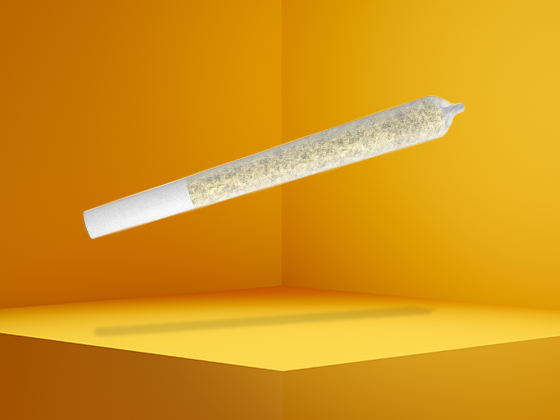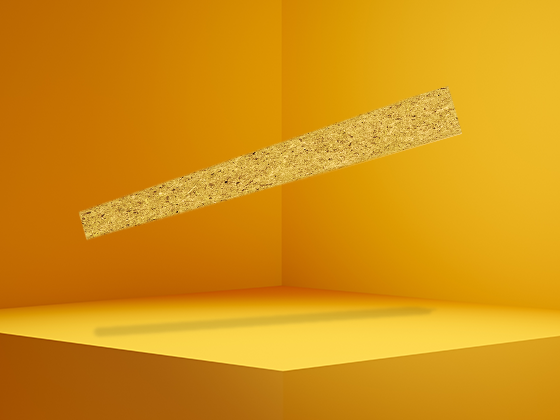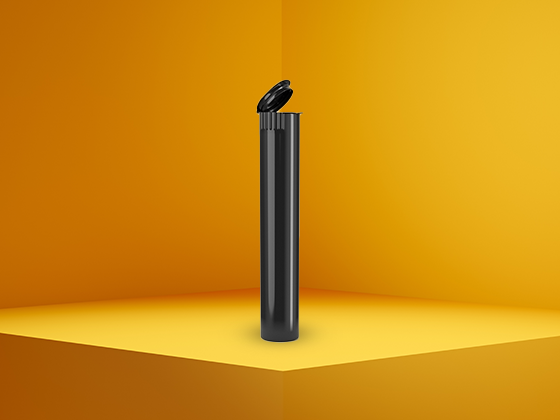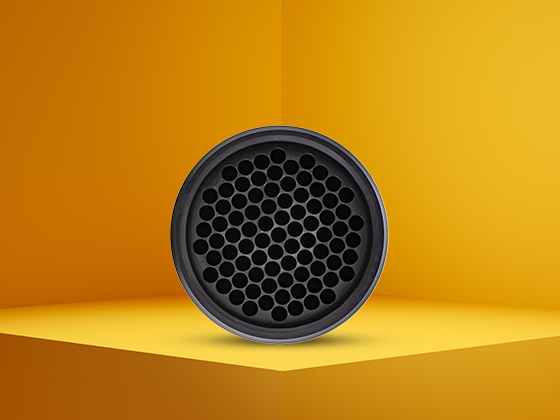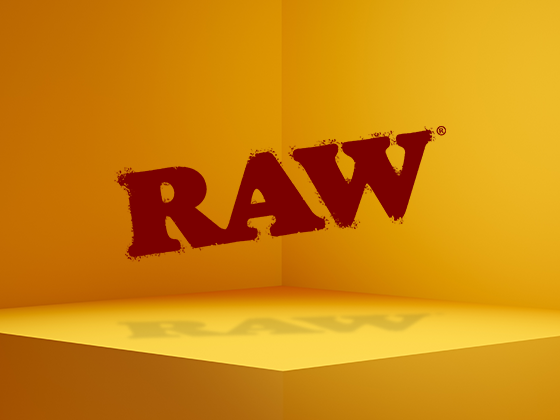Questions
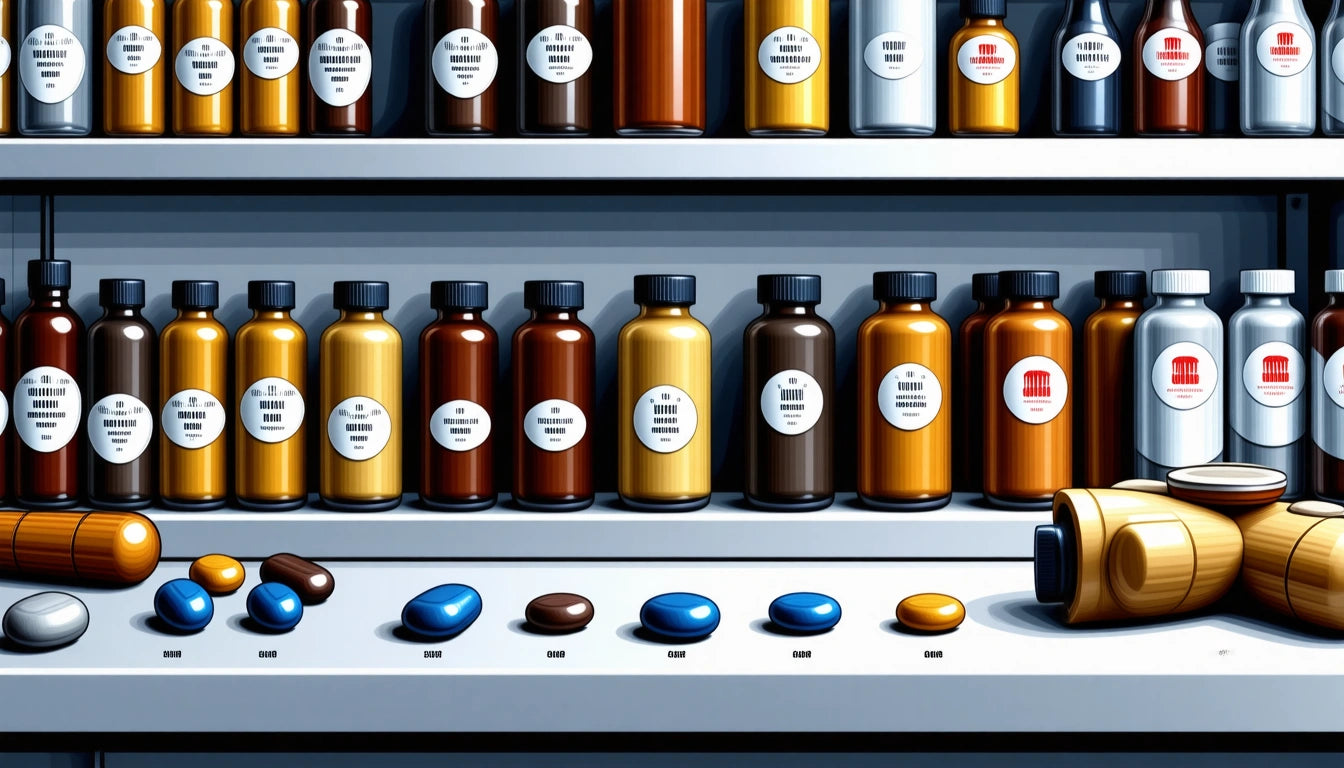
business tips
How Long Do Joints Last Before They Expire?
Table of Contents
Shelf Life Factors: What Affects How Long Joints Last
Proper Storage Techniques for Maximum Longevity
Signs Your Joint Has Expired: What to Look For
Extending Shelf Life: Advanced Preservation Methods
Industry Best Practices for Joint Preservation
Cannabis consumers frequently ask how long joints last before they expire or lose potency. While pre-rolled joints don't have official expiration dates like food products, they do have a shelf life that affects their quality, potency, and smoking experience. Understanding the factors that influence how long a joint is good for can help you preserve your pre-rolls and ensure the best possible experience.Shelf Life Factors: What Affects How Long Joints LastSeveral key factors determine how long joints remain fresh and potent:Moisture ContentProperly cured cannabis contains about 10-12% moisture. Too much moisture promotes mold growth, while too little causes the flower to become brittle and harsh when smoked. This delicate balance significantly impacts how long joints last.Exposure to ElementsThe primary enemies of cannabis preservation are:
Light: UV rays degrade cannabinoids, especially THC
Air: Oxygen exposure accelerates terpene evaporation and cannabinoid degradation
Heat: Temperatures above 70 °F speed up degradation processes
Humidity: Fluctuations can cause moisture problems
Initial QualityProperly cured cannabis will naturally last longer than poorly processed flower. The curing process, which removes excess moisture while preserving essential oils, creates the foundation for longevity.Highlight: Under ideal storage conditions, pre-rolled joints typically maintain optimal freshness for 6 months to 1 year, though potency gradually decreases over time.Proper Storage Techniques for Maximum LongevityHow you store your joints dramatically affects how long they remain good for consumption. Proper joint storage techniques can extend shelf life significantly.Container SelectionThe best containers for storing joints are:
Glass jars: Airtight and non-porous
Doob tubes: Portable protection from crushing and elements
Humidity-controlled containers: Maintain optimal moisture levels
For businesses managing larger inventories, specialized filling and packaging equipment can help maintain consistency and freshness during the production process, ensuring joints start their shelf life in optimal condition.Temperature and LocationStore joints in a cool, dark place with stable temperature. The ideal storage temperature range is 60-70 °F (15-21 °C). Avoid:
Refrigerators (humidity fluctuations)
Hot cars or direct sunlight
Areas near appliances that generate heat
Signs Your Joint Has Expired: What to Look ForWhile joints don't technically "expire," several indicators suggest they're past their prime:Visual IndicatorsWatch for:
Discoloration (browning or yellowing)
Visible mold (white, fuzzy spots)
Excessive dryness and crumbling
Aroma ChangesFresh cannabis has a vibrant, distinct smell. As joints age, you may notice:
Diminished aroma intensity
Hay-like or musty smells
Complete absence of smell
Smoking ExperienceExpired joints typically provide:
Harsher smoke
Reduced flavor profile
Diminished effects
Uneven burning
Understanding how long the effects of a joint typically last can help you determine if your stored joints have lost potency.Extending Shelf Life: Advanced Preservation MethodsFor those serious about maximizing how long joints remain fresh, consider these advanced techniques:Humidity Control PacksThese two-way humidity control products maintain optimal moisture levels (typically 58-62% relative humidity) to prevent joints from becoming too dry or too moist.Vacuum SealingFor long-term storage, vacuum-sealed containers remove oxygen that would otherwise degrade cannabinoids and terpenes. This method can extend shelf life significantly but requires specialized equipment.Multiple Barrier ProtectionUsing a layered approach provides extra protection:
Place joints in airtight glass containers
Add humidity control packs
Store containers in a cool, dark cabinet
Consider using UV-protective containers for additional light protection
These methods are particularly important when considering the cost of joints and wanting to protect your investment.Industry Best Practices for Joint PreservationCannabis industry professionals have developed standard practices to ensure joints remain fresh from production to consumption:Production DatingMany producers now include packaging dates, allowing consumers to track freshness. While not an expiration date, this information helps gauge how long a joint has been stored.Nitrogen FlushingSome premium pre-roll manufacturers use nitrogen flushing to replace oxygen in packaging, significantly extending shelf life by preventing oxidation.Consumer EducationBrands increasingly provide storage recommendations with their products, acknowledging that proper storage after purchase is crucial for maintaining quality. Education about joint rolling and smoking often includes storage guidance.Understanding how long joints last is particularly important for medical cannabis patients who need consistent potency and may store medication for extended periods. With proper storage techniques, joints can remain fresh and effective for 6-12 months, though gradual potency loss is inevitable over time.Remember that storage considerations should also include safety concerns, especially in households with children or pets. Always store cannabis products securely and responsibly, regardless of how long you plan to keep them.
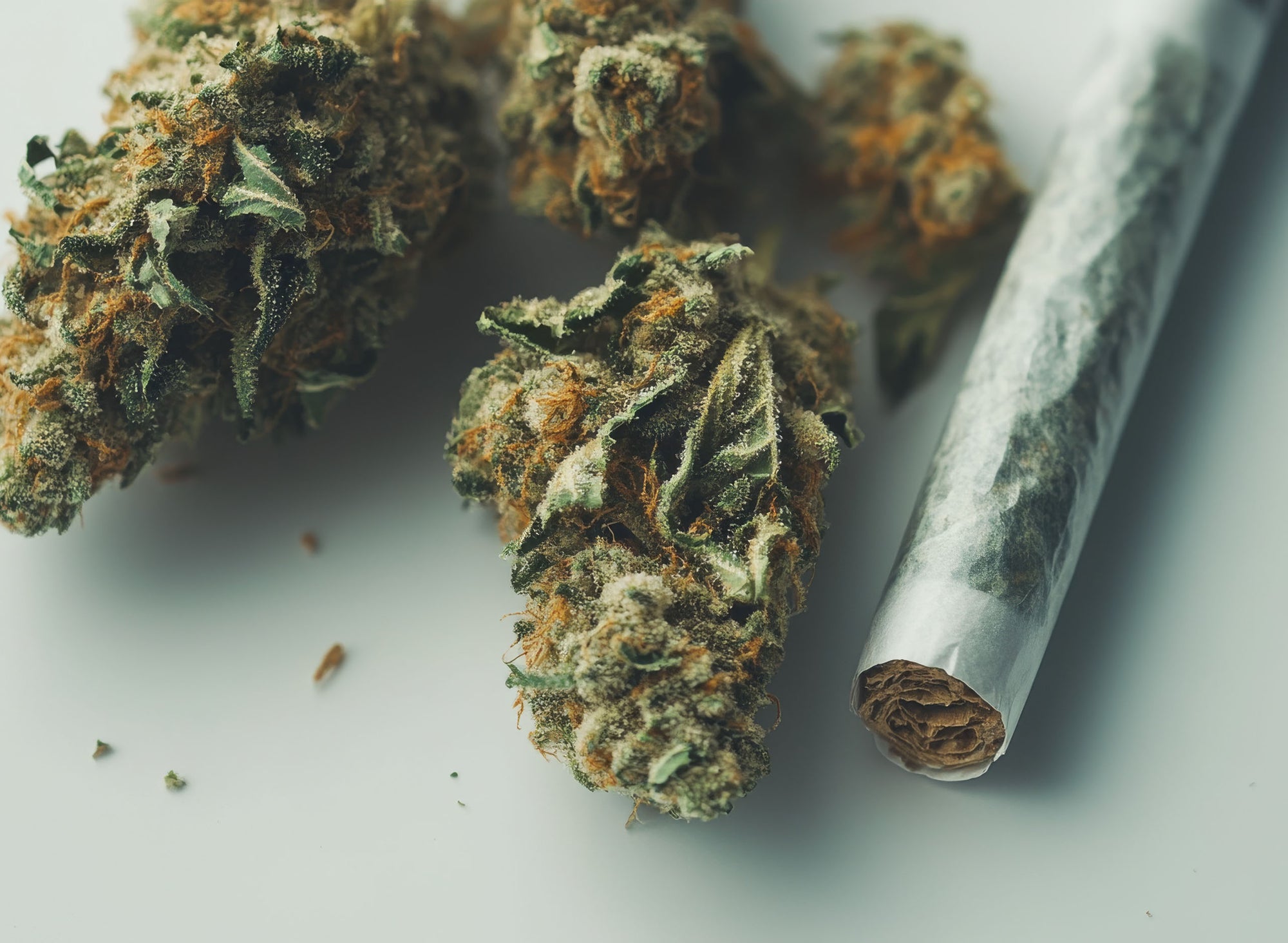
business tips
Understanding RAW Papers and Filters: Do They Come Together?
Table of Contents
RAW Papers and Filters: A Complete Overview
Do RAW Papers Come with Filters? Package Options Explained
Types of RAW Paper Filters and Their Benefits
How to Properly Use RAW Paper Filters
Alternatives to RAW Paper Filters
Choosing the Right Combination for Your Needs
Understanding RAW Papers and Filters: Do They Come Together?RAW rolling papers have become a staple in the smoking community, known for their natural, unrefined qualities and commitment to purity. A common question among both new and experienced users is whether RAW papers come with filters included, or if these must be purchased separately. This comprehensive guide explores everything you need to know about RAW papers and filters, their packaging options, and how to select the best combination for your needs.RAW Papers and Filters: A Complete OverviewRAW papers are made from unbleached, natural plant fibers, offering a clean smoking experience without added chemicals or dyes. Their popularity stems from this commitment to purity, as detailed in this comprehensive guide to RAW rolling papers.RAW filter tips (also called crutches or roaches) are designed to complement these papers. They serve several important functions:
Preventing plant material from entering your mouth
Providing structural stability to your roll
Allowing airflow while filtering particulates
Reducing waste by allowing you to smoke more of your material
While exploring options beyond RAW, we also offer premium alternatives like OCB cones that come pre-rolled with filters already attached, saving time for those who prefer convenience.Do RAW Papers Come with Filters? Package Options ExplainedThe answer to whether RAW papers come with filters depends entirely on which product you purchase. RAW offers several packaging options:Standard RAW Papers (Without Filters)Most basic packs of RAW papers do not include filters. These typically come in various sizes such as:
Single Wide (70mm)
1 ¼ Size (79mm)
King Size (110mm)
King Size Slim
RAW Papers with Tips IncludedRAW does offer specific products that include both papers and filter tips in the same package:
RAW Connoisseur packs (papers + tips)
RAW Black Connoisseur (premium papers + tips)
RAW Artesano packs (papers, tips, and a rolling tray)
These combination packs are ideal for beginners or those who prefer the convenience of having everything in one package, as highlighted in this ultimate guide to buying RAW rolling papers.Types of RAW Paper Filters and Their BenefitsRAW offers several types of filter paper products, each designed for specific preferences:Standard RAW TipsThese are the classic filter tips that come in a small booklet. They're unbleached, chlorine-free, and made from natural plant fibers.RAW Pre-Rolled TipsFor those who prefer convenience, pre-rolled tips save time and provide consistency. They come ready to use, eliminating the need to roll your own filter.RAW Perforated TipsThese feature perforations that make it easier to roll the perfect filter by providing fold lines. They're particularly helpful for beginners still mastering the art of rolling with RAW papers.RAW Glass TipsA reusable alternative to paper filters, RAW glass tips are made from borosilicate glass and provide superior filtration and cooling. They're environmentally friendly since they can be cleaned and reused indefinitely.Highlight: While many standard RAW paper packs don't include filters, specialty packs like the Connoisseur and Artesano lines come with both papers and filters in one convenient package.How to Properly Use RAW Paper FiltersUsing RAW filters effectively enhances your rolling experience:Basic Filter Rolling Technique
Take a RAW filter tip and make an accordion fold at one end (typically 3-4 folds)
Roll the remaining paper around these folds to create a cylindrical shape
Place the filter at one end of your rolling paper
Add your herb material and roll as usual, ensuring the filter stays in place
For those exploring different rolling styles and techniques, this guide to the diverse world of RAW papers offers additional insights on pairing the right papers with appropriate filters.Alternatives to RAW Paper FiltersWhile RAW filters are popular, several alternatives exist:
OCB Filters: Similar to RAW but with slightly different material composition
Elements Filters: Made from rice paper for a clean taste
Pre-rolled Cones: Products like those found in our RAW cones collection come with built-in filters
Homemade Alternatives: Some users create makeshift filters from business cards or thick paper (though not recommended due to potential chemicals)
When considering alternatives, it's important to prioritize products made from natural materials without harmful chemicals. Safety concerns are addressed in detail in this article exploring RAW organic papers' safety.Choosing the Right Combination for Your NeedsSelecting the ideal RAW papers and filters combination depends on your specific preferences and experience level:
For Beginners: RAW Connoisseur packs that include both papers and tips offer convenience and ensure compatibility
For Experienced Users: Purchasing papers and filters separately allows for customization of size and material preferences
For Convenience Seekers: Pre-rolled cones with built-in filters eliminate the rolling process entirely
For Eco-conscious Users: Reusable glass tips paired with organic RAW papers minimize environmental impact
Understanding your priorities helps determine whether you should purchase a combination pack or separate products. Factors like frequency of use, rolling skill, and portability needs all influence the ideal setup for your situation.Ultimately, whether RAW papers come with filters depends on the specific product you choose. While many standard packs require separate filter purchases, specialty packs offer the convenience of having everything in one package. By understanding the various options available, you can select the perfect combination to enhance your rolling experience.
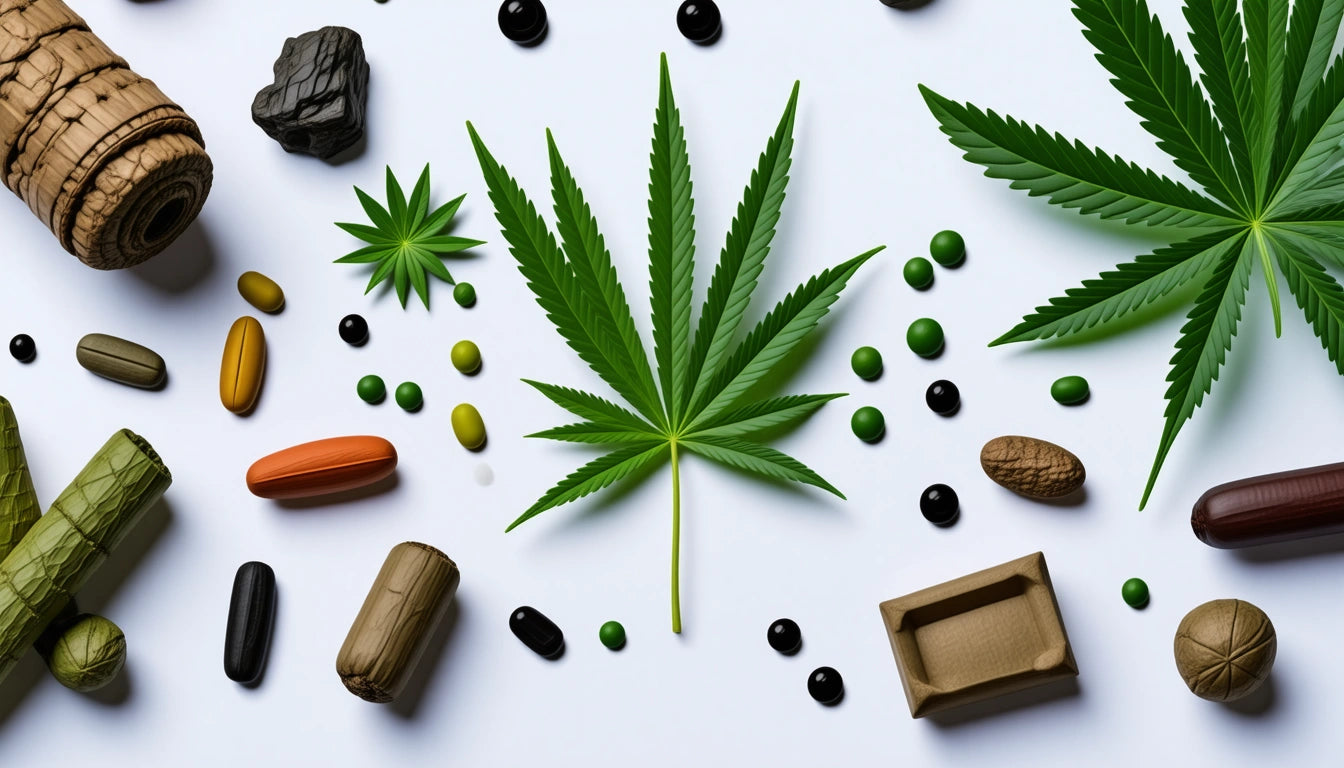
business tips
How Many Grams Are in a Joint? Understanding Cannabis Measurements
Table of Contents
Standard Joint Measurements: How Many Grams in a Joint
Factors Affecting Joint Size and Weight
Comparing Joints to Other Consumption Methods
Cost Efficiency of Joints vs. Other Consumption Methods
Maximizing Your Cannabis Experience: Tools and Techniques
Understanding how many grams are in a joint is essential for both new and experienced cannabis consumers. Whether you're budgeting your stash, preparing for a social gathering, or simply curious about standard measurements, knowing joint weights helps you make informed decisions about consumption and purchasing.Standard Joint Measurements: How Many Grams in a JointThe average joint contains approximately 0.3 to 0.5 grams of cannabis, though this can vary based on several factors. According to industry standards, a typical joint uses about 0.4 grams of ground flower.For context:
A small or "pinner" joint: 0.25-0.3 grams
A standard joint: 0.3-0.5 grams
A larger joint: 0.5-0.75 grams
A king-size joint: 0.75-1+ grams
These measurements provide a baseline, but personal preference and experience level often dictate actual quantities used. Many pre-rolled joints sold in dispensaries contain 0.5 grams, offering a standardized experience for consumers.Factors Affecting Joint Size and WeightRolling Paper SizeThe size of rolling papers significantly impacts how many grams of pot in a joint:
Single wide papers: Typically hold 0.25-0.5 grams
1 ¼ papers (standard): Hold 0.3-0.75 grams
King size papers: Can accommodate 0.75-1.5 grams
Using quality grinder machines can help achieve the perfect consistency for efficient packing, especially when preparing cannabis for larger joints or multiple rolls from the same batch.Grinding and Packing TechniqueHow finely the cannabis is ground and how tightly it's packed affects the final weight. Loosely packed joints use less material but may burn unevenly, while densely packed ones use more cannabis but provide a slower, more consistent burn.Highlight: The average joint contains 0.3 to 0.5 grams of cannabis, though personal preference and rolling technique can significantly affect this amount.Comparing Joints to Other Consumption MethodsJoints vs. EdiblesMany consumers wonder how many gummies equal a joint in terms of effects. This comparison is complicated because the body processes THC differently when smoked versus ingested:
A 0.5g joint with 20% THC contains approximately 100mg of THC
Due to combustion and exhalation, only about 20-30% of this THC (20-30mg) enters the bloodstream
A 10mg edible can produce effects comparable to a joint for many users because edible THC is processed by the liver into 11-hydroxy-THC, which is more potent
This explains why lower milligram counts in edibles can produce significant effects compared to smoking.THC Content ConsiderationsThe question of how much THC is in a typical joint depends on the potency of the cannabis used:
15% THC cannabis: A 0.5g joint contains approximately 75mg total THC
20% THC cannabis: A 0.5g joint contains approximately 100mg total THC
25% THC cannabis: A 0.5g joint contains approximately 125mg total THC
Remember that the total THC content differs from the amount actually absorbed during consumption.Cost Efficiency of Joints vs. Other Consumption MethodsUnderstanding how many grams is a joint helps consumers evaluate cost efficiency:Maximizing Your PurchaseKnowing how many joints you can roll with an eighth (3.5 grams) of cannabis helps with budgeting:
Using 0.3g per joint: Approximately 11-12 joints
Using 0.5g per joint: Approximately 7 joints
Using 0.7g per joint: Approximately 5 joints
This calculation extends to larger quantities as well, helping consumers plan their purchases according to their consumption habits.Pre-Rolls vs. DIY RollingPre-rolled joints typically cost more per gram than purchasing flower separately. However, they offer convenience and consistency that many consumers value. The cost and consumption insights show that rolling your own can save 30-50% compared to pre-rolls, depending on the market.Maximizing Your Cannabis Experience: Tools and TechniquesGetting the most from your cannabis involves more than just knowing how many grams are in a joint. The right tools and techniques can enhance your experience:
Invest in quality grinders for consistent texture
Use humidity packs to maintain freshness
Consider a scale for precise measurements
Practice rolling techniques to minimize waste
For those who regularly prepare multiple joints, learning efficient rolling techniques and using the right tools can significantly improve the experience while making your cannabis supply last longer.Understanding cannabis measurements helps consumers make informed decisions about their purchases and consumption habits. Whether you're rolling a personal joint or preparing for a social gathering, knowing how many grams are in a joint provides a foundation for responsible and enjoyable cannabis use.

